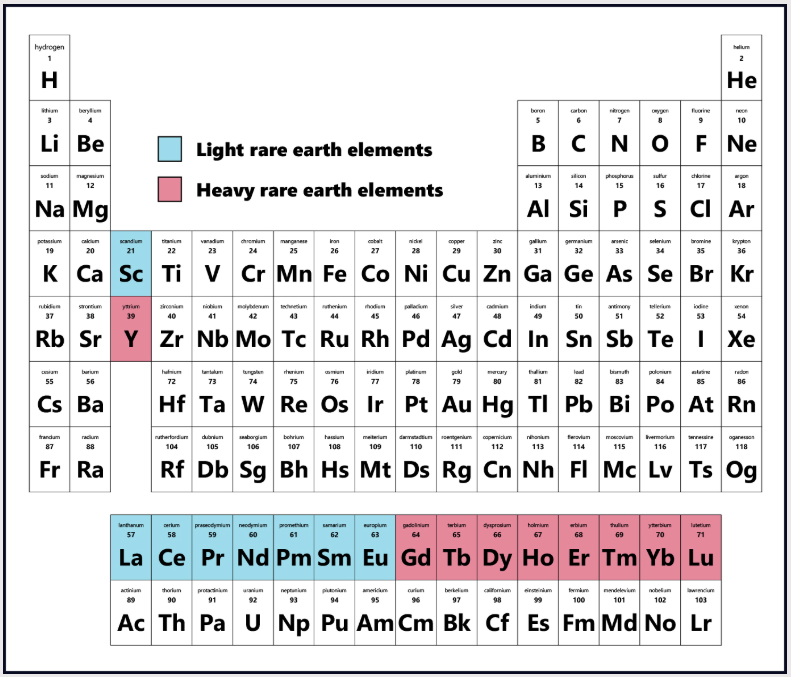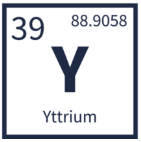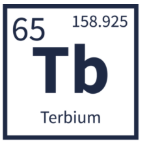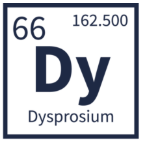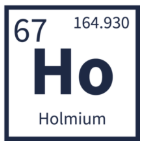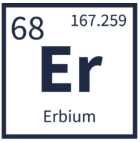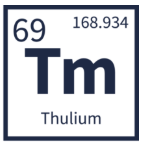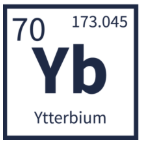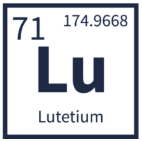Heavy Rare Earths
What is the distinction between Light and Heavy Rare Earths?
Whilst "light" and "heavy" are useful terms their meanings do not relate specifically to the atomic mass, which is the number of Protons plus Neutrons in a nucleus.
The distinction between light and heavy rare earth elements (LREEs and HREEs) is based on their atomic numbers rather than their atomic masses because the periodic table of elements is organized by atomic number, which represents the number of protons in an atom's nucleus. The properties of elements, including their chemical behaviour, are primarily determined by their atomic number, which dictates their position in the periodic table and the arrangement of their electrons.
While atomic mass can also provide some insights into an element's properties, it can be influenced by the presence of isotopes (atoms of the same element with different numbers of neutrons). The atomic number is a more fundamental characteristic that directly correlates with the element's position in the periodic table and its behaviour.
In the case of rare earth elements, the atomic number helps to group them into LREEs and HREEs based on their position in the lanthanide series. This distinction helps scientists and engineers understand their unique properties and how they can be utilised in various applications.
Applications of heavy rare earths
Heavy rare earth elements (HREEs) are crucial in various high-tech and strategic applications due to their unique properties. Here are some notable applications:
- Permanent Magnets: HREEs like dysprosium (Dy) and terbium (Tb) are used in the production of high-performance permanent magnets, such as neodymium-iron-boron (NdFeB) magnets. These magnets are essential for:
- Wind turbines
- Electric vehicles (motors)
- Hard disk drives
- Headphones and speakers
- Phosphors and LEDs: HREEs such as europium (Eu), terbium (Tb), and yttrium (Y) are used in phosphors that are key components of:
- LED lighting
- Display screens (televisions, smartphones, and computer monitors)
- Fluorescent lamps
- Catalysts: HREEs are used as catalysts in various chemical reactions, particularly in petroleum refining and automotive catalytic converters to reduce emissions.
- Glass and Ceramics: HREEs are utilized in the production of high-quality glass and ceramics, which are used in:
- Optical lenses
- Fiber optics
- Ceramic capacitors
- Medical Applications: Some HREEs are used in medical imaging and treatments, including:
- MRI contrast agents (gadolinium-based)
- Cancer treatment (radioactive isotopes of certain HREEs)
- Aerospace and Defense: HREEs are critical in advanced materials used in aerospace and defense technologies, such as:
- Jet engines (high-temperature superalloys)
- Missile guidance systems
- Military communications equipment
